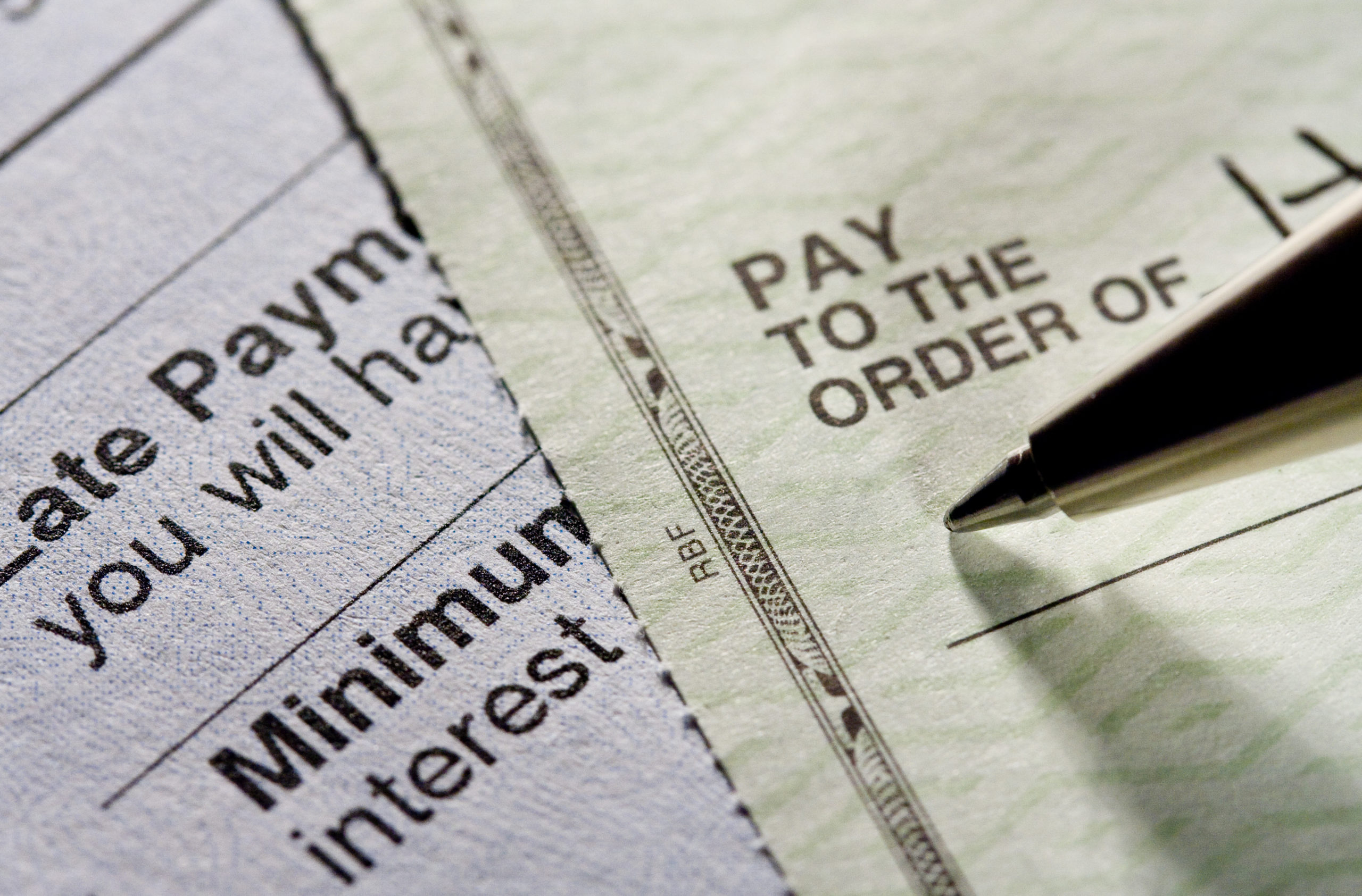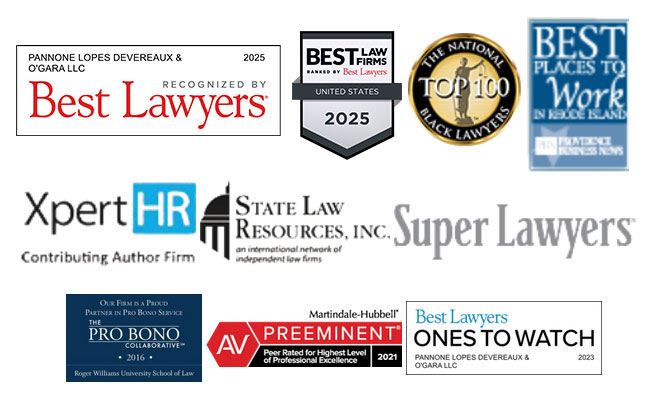Homeowners challenged to stay current with their mortgage payments due to the COVID-19 crisis are finding relief in several federal emergency measures provided in the Coronavirus Aid, Relief, and Economic Security Act or the CARES Act. Two provisions include a 60-day foreclosure suspension or moratorium on filing new foreclosure actions or finalizing a foreclosure judgment or sale, and mortgage forbearance for federally backed mortgage loans. Federally backed mortgages include Freddie Mac, Fannie Mae, FHA, VA, and USDA loans. To find out whether you have a federally backed mortgage, call your servicer, which is the company from whom you receive your monthly statements. Even if you do not have a federally-insured mortgage, your lender may still offer relief during this time, as well.
Understanding Mortgage Forbearance
Widely discussed but often misunderstood is the mortgage forbearance provision. Mortgage forbearance is a temporary suspension of your mortgage payments and may also be called a mortgage deferment. If you have a federally insured loan, you are likely eligible for a twelve-month forbearance, as well as other loss mitigation opportunities. Under the CARES Act, homeowners with federally insured loans are eligible for an initial forbearance period of up to 180 days, with a possibility of another 180-day extension. Since this legislation was prepared and enacted quickly, many individuals, as well as servicers, don’t necessarily understand what it encompasses. For instance, many homeowners are being told they are only eligible for a three-month forbearance. However, the legislation gives the homeowner 180 days, but allows the lender to approve the forbearance in 90-day increments. This means that the homeowner must contact the lender before the expiration of each 90-day period to extend the forbearance. The bill also directs servicers of federally backed loans to give homeowners several options to pay back the forbearance, including making lump sum payments or spreading the payments over time.
When considering entering into a mortgage forbearance, a homeowner should ask the following:
1. Does the forbearance plan contemplate payment in full at the end of the forbearance period? Many homeowners are surprised when the lender asks for the lump sum due at the expiration of the forbearance. It’s of little real help to delay payments by 90 days, and then be required to pay in full on day 91. During any forbearance period, the servicer cannot add fees or penalties to your account. However, regular interest will continue to accrue. Make sure you understand what the servicer will expect you to pay, and the timing of that payment.
2. Do you still need to make escrow payments during the term of your forbearance? If you escrow, you may be required to continue to pay your escrows for taxes and homeowner’s insurance.
Forbearance Process Steps
How do you get a forbearance if you have a federally-insured mortgage?
First, call your loan servicer. Given the huge demand and high call volume, be prepared to be on hold for much longer than would be considered normal. Tell your servicer that you have a financial hardship due to the COVID-19 pandemic. This attestation is all that is needed; the servicer cannot request additional evidence of hardship. This is not like the 2008 mortgage crisis where servicers were requiring mass amounts of paperwork proving the hardship before considering a modification. Then find out what, if anything, will be reported to the credit bureaus. In addition, make sure to get everything in writing. This includes the initial forbearance period and the timing and amount of repayment. Keep these records. Do not rely on any oral representations. During the term of your forbearance, continue to monitor the mortgage statements you receive to make sure they are correct. If your income is restored during the forbearance period, contact your servicer and start making your payments again. Even with these options, if you can make your mortgage payment, continue to do so. If you find that you cannot make your payments and pay for daily necessities, that is the time to call your lender, whether or not you have a federally backed mortgage. If you do not have a federally insured mortgage, your lender may still offer some options. Do not stop paying your loan without contacting your servicer. If you do, the bank will be able to proceed with foreclosure at the end of the foreclosure suspension period.
Be Aware of Scams
Unfortunately, there are scammers out there looking to take advantage of the confusion and anxiety caused by the pandemic. They may promise you immediate relief from your lender or to save you from foreclosure. Hallmarks of a scam include: charging high upfront fees to negotiate your forbearance/foreclosure; promising results; asking you to sign a deed, even if the deed will be “held in escrow,” and asking you to make your mortgage payments directly to them or a third party. Under all circumstances, if you are entering into a mortgage forbearance, make sure you understand the terms. Forbearance is not loan forgiveness. Eventually, the sums will become due.
For more information on the mortgage relief program and process, please contact your PLDO attorney or PLDO estate, trust and tax attorney Leah A. Foertsch at 561-362-2030 or email lfoertsch@pldolaw.com.
Disclaimer: This blog post is for informational purposes only. This blog is not legal advice and you should not use or rely on it as such. By reading this blog or our website, no attorney-client relationship is created. We do not provide legal advice to anyone except clients of the firm who have formally engaged us in writing to do so. This blog post may be considered attorney advertising in certain jurisdictions. The jurisdictions in which we practice license lawyers in the general practice of law, but do not license or certify any lawyer as an expert or specialist in any field of practice.


